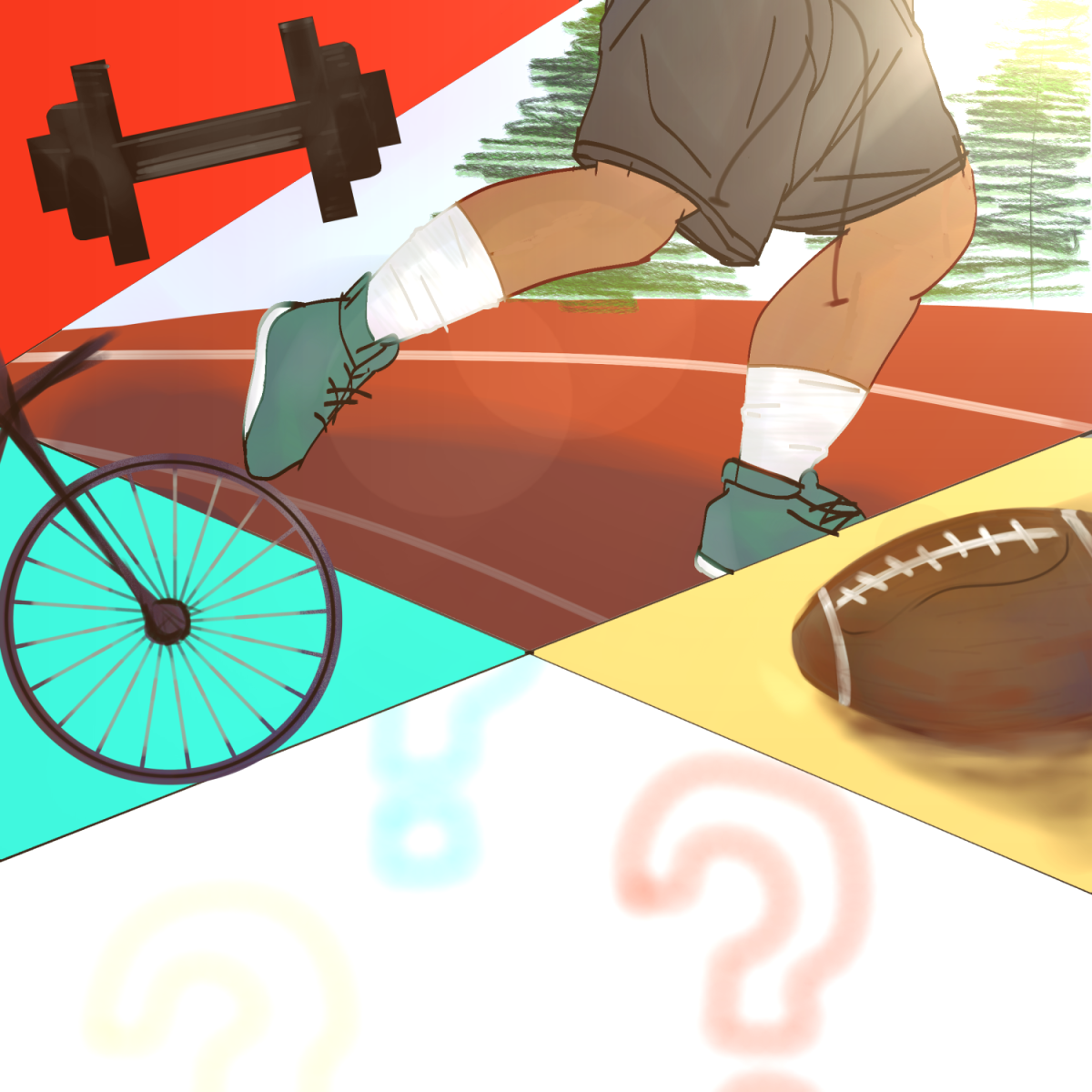In today’s world, women often navigate spaces and systems designed primarily with men in mind. Everyday items, from smartphones that fit comfortably in a man’s palm to car safety features that disproportionately harm women, highlight this disparity. For instance, women involved in car crashes are 47 percent more likely to be seriously injured and 17 percent more likely to die compared to men. These everyday oversights extend into media portrayals, where gender stereotypes perpetuate damaging biases, affecting women’s representation and societal roles.
Let us start with the film industry. A study by the Geena Davis Institute reveals that in 2018’s top-grossing films, women and girls were four times more likely than men to be shown wearing revealing clothing or appearing nude. This skewed representation suggests that women’s primary value lies in their physical appearance. Young girls consuming these films may internalize the idea that their worth is tied to their looks rather than their abilities or intelligence. Freshman Malu Menon states that she “did not feel represented in the media growing up.” These portrayals not only limit the roles women are shown in but also affect how young girls perceive their potential. When women are consistently depicted as mere eye candy, it sends a message that their role in society is secondary and decorative. Sophomore Abbie Lo states, “Gender stereotypes still exist today in the media. When I go to watch my favorite TV shows, the female characters are often displayed as less smart and more sexualized than the male characters.”
The issue extends beyond movies into the realm of video games. According to a Washington Post study, out of the top 50 apps on the App Store, 93 percent featured boy characters, while only 46 percent included girl characters. Furthermore, female characters in popular games are often hyper-sexualized. For instance, in the widely downloaded game “Genshin Impact,” female characters frequently appear in impractical, revealing outfits. This lack of balanced representation in gaming reinforces the notion that women are secondary players in a male-dominated world. Young girls who play these games may feel unrepresented or valued only for their appearance, which can have long-term effects on their self-esteem and career aspirations. Senior Grace Rich adds that “women in video games are typically defined by more sexual traits than men are. Men can be seen with unattractive traits in several games, something rarely, if ever, allowed with women.”
The consequences of these stereotypes are not confined to entertainment. They also permeate the professional world. The Fawcett Society found that seven in 10 young women felt their career choices were limited by gender stereotypes. These biases, deeply ingrained and constantly reinforced by media, shape perceptions of what roles are suitable for women. Moreover, a study published in the Wiley Online Library highlights that female job applicants can suffer from negative impacts due to sexual objectification, even if they are not the ones being directly objectified. This pervasive bias affects hiring decisions, career advancement, and workplace dynamics. The World Economic Forum reports that it will take 131 years to achieve gender pay equality in the workforce. While media portrayals are not the sole factor, they contribute significantly to this ongoing disparity by reinforcing outdated gender roles and expectations. Junior Shriya Kaushik says, “Due to the almost normalized oppressive gender stereotypes against women, I have been afraid to apply myself in places that truly interested me. I have always had a passion for robotics, but since the club and engineering as an entity are usually associated with men, I was scared. I had heard horror stories of the way women were treated in the STEM field, so I decided I wouldn’t pursue my passion due to this fear.”
Despite some claims that gender stereotypes are not a significant issue, a GSNI study covering 85 percent of the world’s population found that 90 percent of people still hold gender biases against women. These prejudices, perpetuated by media portrayals, have real-world consequences. Figures like Andrew Tate, who has amassed a substantial following by promoting misogynistic views, exacerbate the problem. Statements like “the woman belongs to the man” spread harmful misinformation and reinforce negative stereotypes about women. These views influence young men and perpetuate cycles of inequality and disrespect.
Gender stereotypes that depict women as mere objects of desire not only perpetuate male dominance but also contribute to a lack of representation for young girls and negatively impact women’s societal positions. The frequent over-sexualization of women in media and gaming has tangible repercussions in the workforce, affecting how women are perceived and treated professionally. To address these issues, it is crucial to raise awareness and advocate for more authentic and diverse representations of women in media. Social media platforms can be powerful tools for spreading awareness and pushing for societal change. By challenging harmful portrayals and promoting positive role models, we can work towards dismantling stereotypes and creating a more equitable world.






